Disclosure: Meeple Mountain received a free copy of this product in exchange for an honest, unbiased review. This review is not intended to be an endorsement.
To set the mood, I dialed up the Italian Mafia Music playlist on Spotify (13,000 likes) so that I would have four hours and 15 minutes of sweet, sweet background music from films such as The Godfather, Goodfellas, Casino, and other classics.
I wanted to set the mood because our review group was ready for our first play of La Famiglia: The Great Mafia War (2023, Capstone Games). It was gonna be a long sit. Plus, it’s important to set expectations when players will be laundering cash, sending car bombs into enemy territory, and murdering opposing “Soldati” by firing the miniguns on your fleet of speedboats.
The only issue with La Famiglia is also the only issue with that playlist; you’ll need to set aside about four hours and 15 minutes for each of your first few plays.

Don Stefano, Pass Me the Drug Labs
La Famiglia is a four-player-only–
I CAN’T DO IT MAN. EVERYONE KNOWS THAT FOUR-PLAYER-ONLY GAMES JUST DON’T WORK!
Hold your horses, pal. Lots of games are essentially four-player games; heck, even when the games aren’t designed as four-player games, they work best as four-player experiences. (See: Brass, Hegemony, Wildlands, Brick & Mortar, Arcadia Quest…and those are just the ones I can see from my writing desk!)
Don’t you have three friends that you can invite to your next game night?
Sorry. This whole “four-player-only” business is a complaint I hear a lot these days, but then it quietly goes away when people realize that lots of game nights feature four people sitting at a table. Get over it.
La Famiglia is a four-player, 2v2 team experience featuring elements of area control and action selection with mostly deterministic combat. The game is set in an imaginary version of the 1980s Mafia war in Sicily, featuring four warring families (from an included pool of six) who want to take over the island using a mix of brute force and finesse to win over various elements of local institutions while paving their way to power.
You also get to drive speedboats.
Working with your teammate, the win condition is very straightforward. At the end of any of the game’s four rounds, if a single player/family controls five “Mandamenti” (regions, each with three areas) or a team controls six Mandamenti, that team wins. If it’s still a tie at the end of the four rounds, whoever owns the Brontë area within the Mandamento at the center of the map wins instead. Otherwise, the game ends in a draw.
Rounds are broken into a Planning phase and an Encounter phase. Each phase has a lot more going on than the rulebook implies, and turn order is critical in this game, particularly in the Encounter phase.
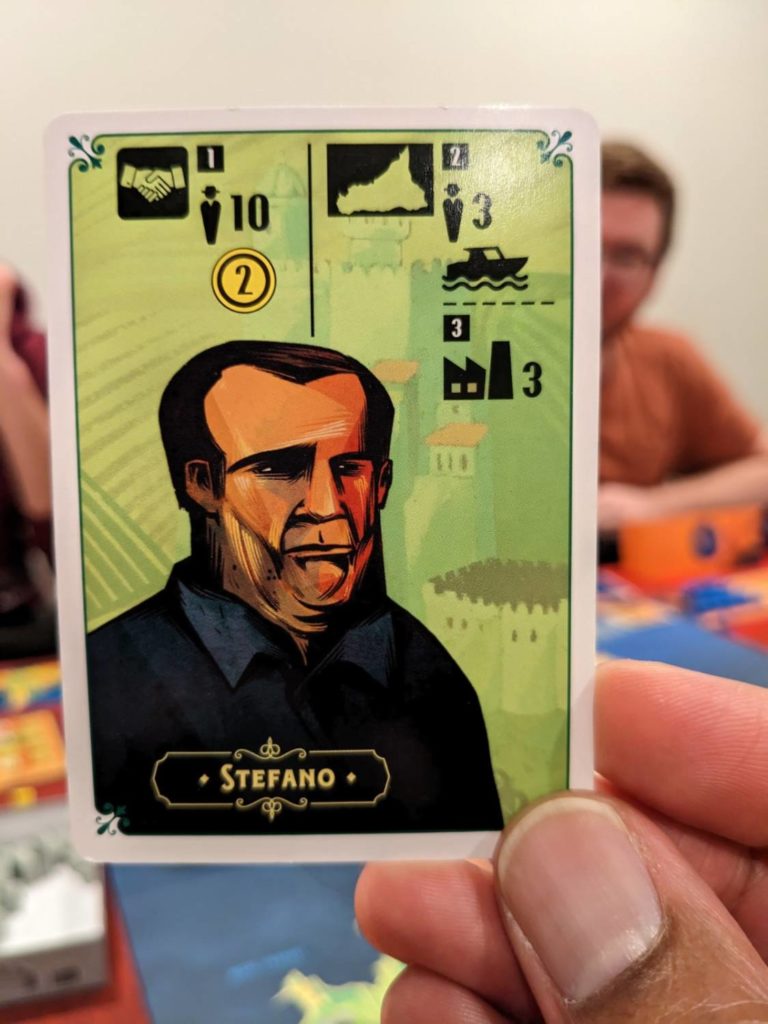
Fail to Plan? Plan to Fail
The Planning phase is dictated by Influence tokens, placed on an action sheet in the top-left portion of the board. Below this first sheet is another action sheet, which has the actions available for that round. Options such as the recruitment of Soldati (soldiers) into your headquarters, placing Soldati on the map, laundering cash from your family’s drug labs, and getting new equipment on the map all sit available when a round begins; choosing which one to select on every turn ends up being very interesting.
But it’s the way that these influence tokens are seeded that really gets me excited. La Famiglia’s action selection mechanic has instantly become one of my favorite gameplay elements of 2023. There’s a good amount of cat-and-mouse with other players, because moving one of your own Influence tokens to take an action is free. However, it costs a coin to move another player’s token; that isn’t a new thing, but because you are working in teams, this gives teammates a way to pass cash to each other without having to grant them a loan (loans cost one coin extra, as a free action).
Instead of using tokens to take actions, players can instead pay for all of the tokens in a single column and trigger a Gain Influence action. So, yes, you could see a column where you could take away some actions for that round by buying them all out. This does mean compensating other players, but what if all of the influence in a column is owned by your teammate? Pay day!!
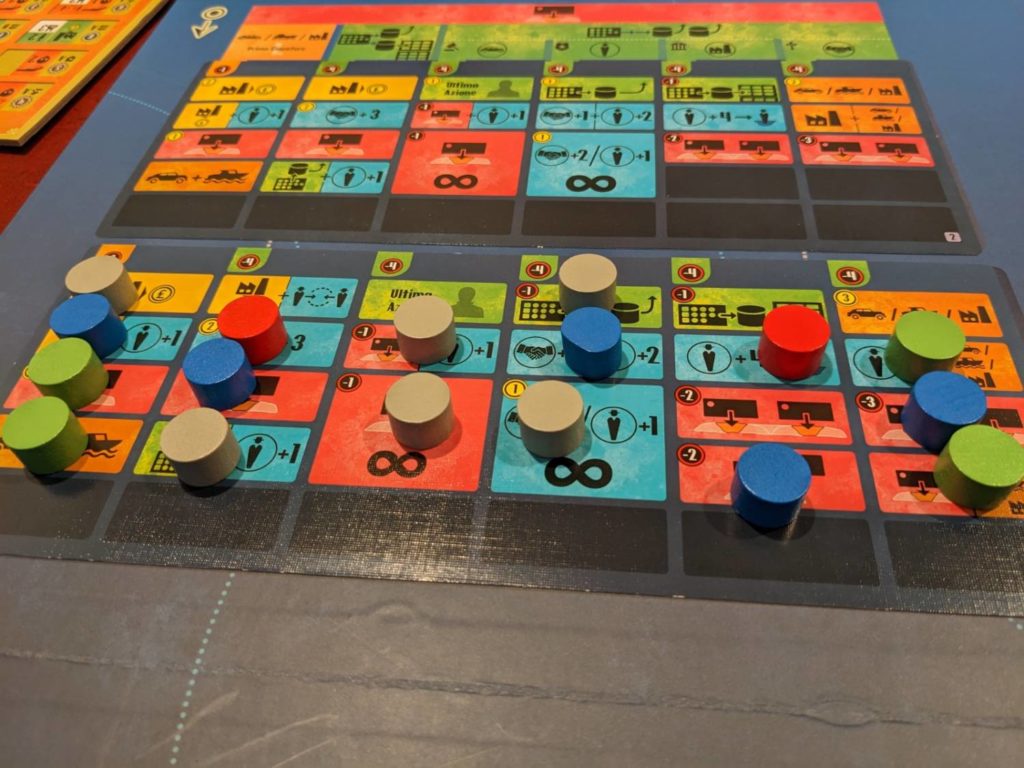
The person taking this Gain Influence action then gets to move tokens off of their dual-layer player board (deluxe, baby!) to advance up one or two of their four tracks. Each of the tracks (for influencing Justice, Police, Economy, and Church elements of Sicily) reveal bonuses, stronger production, better attack values, and advanced order tokens.
I also love the way that tokens move between rounds. When all of the Influence tokens have been played, the Planning phase in the next round begins by moving all of the tokens up to become the upper action sheet, with tokens remaining in their current order. Then, the bottom action sheet for the next round is placed below all of the tokens. That also means that the tokens could be placed in a way to ensure that the other team has to pay their opponents for the first few turns of the next round.
There’s a lot going on with just the action selection in La Famiglia. Even the actions have their own little bonuses; some of the spaces require payment, while others reward a family with cash. Some spaces let players choose one of two actions, while others let a player do both actions. (Later in the game, those juicy car-and-speedboat spots go fast!)
Planning lets the players get ready for the combat phase. After checking for region control, the Encounter phase begins.

The Finesse Play: A (Car Bomb) Blast
The Encounter phase is where players can take movement actions to create conflicts all over the map. During the earlier Planning phase, players had opportunities to place order tokens in areas where they have at least one Soldati. This also builds tension as players get a sense of where actions might originate during the Encounter phase; in most cases, players will start combat from an area where they have an order token on an adjacent area.
And during the Planning phase, those order tokens are always placed facedown. Secrets? Oh yeah!
When the Encounter phase begins, all of those order tokens are flipped face-up and players get to see what will happen during this round. Order tokens are split into supply orders—players get stuff, like more Soldati, a car or a drug lab—and attack orders, where your family can rally the troops then move into an area and deal out a little bit of Mafia-style warfare.
The main thing about the Encounter phase is Initiative. It might be the only thing, in my experience. That’s because each attack order is played in order, starting with the lowest-numbered token on the map, with ties broken by turn order. That means that if you go too late in a turn, all of your Soldati might be murdered by a car bomb before they can get in on the action.
Oh my goodness, I love the turn order thing in La Famiglia. Everyone has to plan for it. It can be devastating when attack orders are revealed and you realize that you just played a token next to a region where another rival gets to play first, and they are sending in a car bomb to clear out a half-dozen of your Soldati. The best plays are when you see an entire two-player team play tokens that come AFTER the other team’s attack orders get executed.
Wow.

If that wasn’t good enough, it’s the Italian-style mind games thing that will either make (me) or break (maybe other players) the combat experience in La Famiglia.
That’s because when a player uses a Movement (and Attack) order token to move, say, three Soldati into an enemy territory that has two opposing Soldati, the attacking player has a choice. (Combat in La Famiglia is always one-on-one, with one family from one team attacking one family from another team.)
- Attack with “brute force”, which means that the attacker sacrifices two of their own Soldati to then watch all remaining soldiers kill each other at a 1:1 rate. Whoever is left standing takes control of the area.
- Attack with “finesse.” In this case, each player picks up their hand of three Conflict Cards, then plays one of them face down in front of themselves. Starting with the attacking player, they will choose to either take their enemy’s card, or do nothing and stick with the card they played face-down. Then, the other player makes the same choice.
The Conflict Cards: one of them is Turncoat. When cards are revealed, the owner of this card returns one enemy Soldati to the general supply and replaces it with one of their own Soldati. The other two Conflict Cards are Coward (featuring either one or two Soldati.) In this case, one or two of your own people run home to your headquarters.
Yes, finesse apparently means “mind games.” It also means you will be staring down opponents a lot in La Famiglia as you wonder what card was just played in a finesse battle. What if Gideon played his Turncoat card, but then I take it, getting me one of his guys? What if Eric played his Coward card, but it was the one-Coward card, and I take it hoping to get a Turncoat?
These constant staredowns make me laugh, but I also see why some players will want to play an entirely different game. That’s because combat is otherwise very deterministic. If a player selects brute force—which I do every time I can afford to do so—they just have to come with three more Soldati than an opponent has in a territory. There are otherwise no shenanigans with the combat, which makes the process quite smooth.
But finesse adds storytelling to the mix. Even after my first game of La Famiglia, there were rich stories to tell when players ended up winning conflicts they had no business winning because of the Conflict Cards that were played. I like drama. Finesse adds drama.
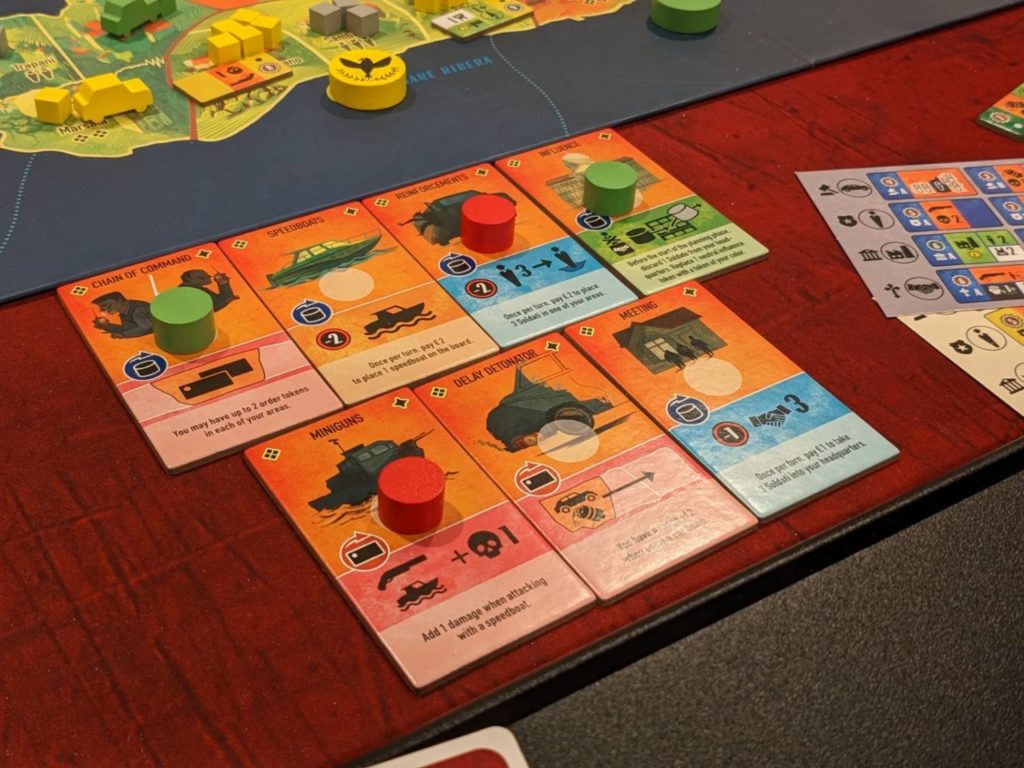
The Question: Do You Have Four Hours?
La Famiglia is a blast, despite being a pretty heavy teach. The game has elements of area control, hidden card play, action selection, and tough decisions, but money is pretty tight. The artwork by Weberson Santiago is sparse, but it really brings out the Mafia/mob war feel in a way that surprised me.
Here’s my main concern with La Famiglia: regularly getting it to the table. After doing an hour-long teach with new players, you’ll want to only play this with the same group each time. I think experienced players will get to a place where the game will always take at least three rounds, and each round takes about an hour to play. There are as many as 16 actions in the first Planning phase, and future rounds could go up or down based on player choices.
Once it gets rolling, La Famiglia does some interesting things and it has surprising depth for a war game that is (mostly) devoid of asymmetric player powers or surprise cards that can boost strength during the area control elements. I love the action selection mechanic and I love some of the sneaky things you can do with vehicular combat in this game, such as picking up Soldati from a seaside area in a speedboat then dropping them off in a neighboring section of the map. I’m still suffering minor symptoms of PTSD from a previous car bomb attack that killed off seven unsuspecting family members, but I acknowledge the genius of some of these moves.
If you can embrace the heavy weight of this game, love a mob theme, enjoy a penchant for money laundering and can stream mob flicks on the big screen near your gaming table, La Famiglia is a great fit.


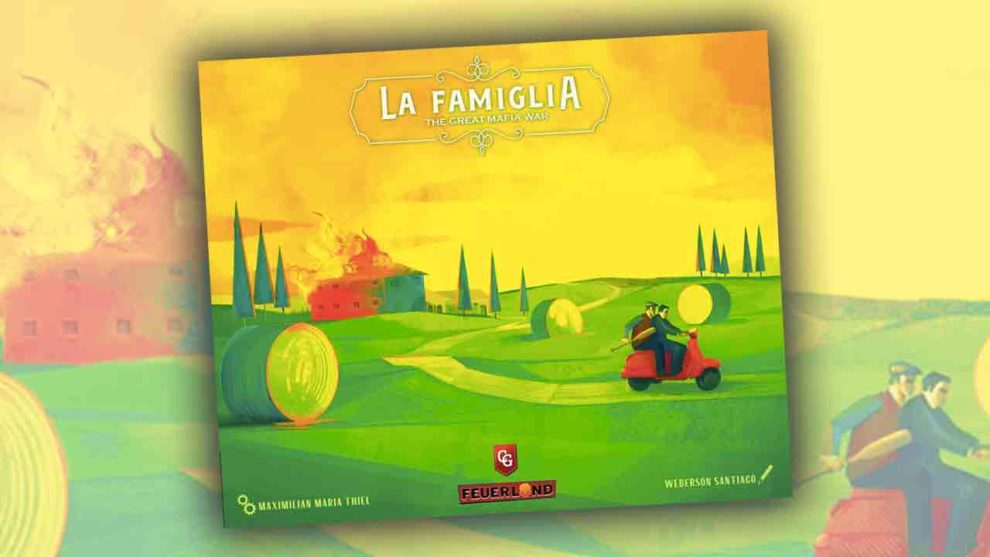



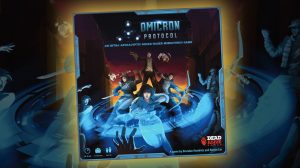





Great and funny written review.